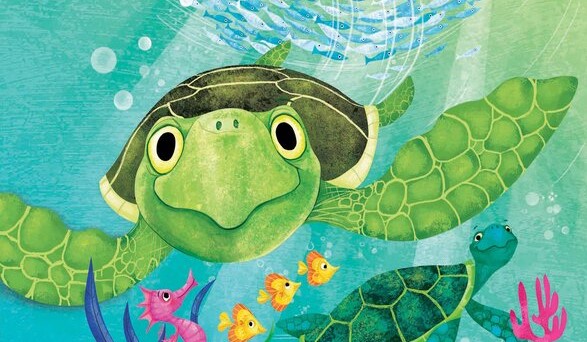
Aha! It’s only been three weeks since my last post. My goal of showing up every two weeks may come to pass after all.
This won’t be too long of a ramble as I’m on deadline. Another goal has been to stop PROCRASTINATING which is my normal go-do position. But I’m allowing myself a wee break before I get back to the tasty topic of lobster for a food story.
I’ve been devouring books as part of a course I’m taking (Creative writing: the personal essay) with Darryl Whetter at Université Sainte Anne. If you ever have a chance to study with him, just do it. I believe he’s giving either a poetry or fiction course during winter term.
But the purpose of this post is to recommend a few books and website related to the craft of writing creative non-fiction. First, you may be asking how to define Creative Nonfiction (CNF)–also referred to as literary nonfiction, narrative nonfiction, and literary journalism or lit-J. The term, according to Lee Gutkin (founder of Creative Nonfiction Journal) simply means “true stories, well told.”
Writers use literary devices found in fiction i.e., even though the stories are true, you’ll find great scenes, strong characters. , dabs of well-placed metaphor and simile, good dialogue etc. There’s a story arc which often includes tension, conflict/resolution, dilemmas to solve, denouements, and insights. And there’s usually a universal truth that the reader can identify with, embrace, and/or learn from.
It’s the toughest genre I’ve ever tackled. And I love it.
As promised, here are my recommendations for reading material related to writing narrative nonfiction in general, and essays and memoirs in particular. I’ve narrowed it down to three books and three online sites.
BOOKS
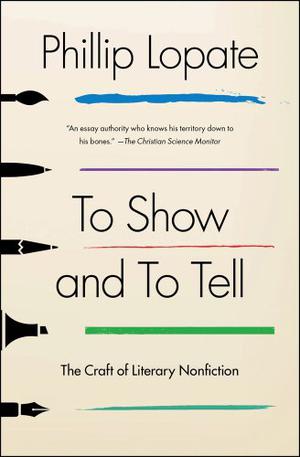
To Show and To Tell: The Craft of Literary Nonfiction by Philip Lopate. It’s not only a nuts-and-bolts kind of book loaded with practical advice, it also challenges us to take a stance on ethical issues without being preachy or pedantic. He’s also funny. Bonus: he has a 14-page reading list in the back of the book on every topic under the sun (all related to the craft of writing memoir or essays.)
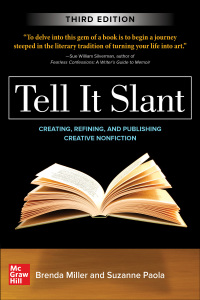
Tell It Slant: Creating, Refining, and Publishing Creative Nonfiction by Brenda Miller and Suzanne Paola. Not only do the authors paint a picture of the many forms of creative nonfiction and give examples of what each looks like, they also provide numerous “Try It” writing exercises–springboards to your own stories. They include interesting essay forms like the “hermit crab” and the “braided” essay. I read this book years ago but the third edition (2019) has many new features.
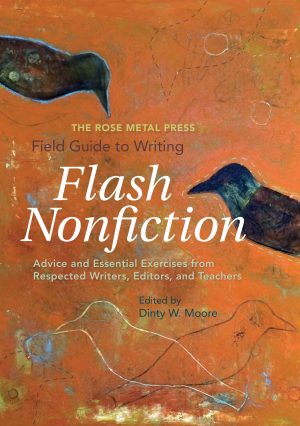
The Rose Metal Press Field Guide to Writing Flash Nonfiction (edited by Dinty W. Moore.) This is a little book with a big cast of writers and editors, each offering their thoughts on an aspect of writing nonfiction, followed by an essay that illuminates exactly what they were talking about. It’s a gem in spite of its uninspiring title. By the way–“flash” to them means anything from 600-2000 words.
ONLINE SITES
Brevity A Journal of Concise Literary Nonfiction.
A gorgeous site with gorgeous writing and a gorgeous section you’ll find in the menu titled “Craft Essays” … focused on the craft of writing nonfiction. Did I say this was gorgeous? It’s also free.
I have thoughts Kim Pittaway’s blog. It’s a ramble. But way better’n mine. haha. Seriously, Kim heads up the MFA Creative Writing program at Kings College, and I’ve been a fan of hers forever. In her posts, she usually goes both wide and deep on a writing topic, and I learn something with every read.
Marion Roach Smith Marion is the author of The Memoir Project: A Thoroughly Non-Standardized Text For Writing & Life which I’ve mentioned in a previous post although I think you can get more out of her site (20 Top Tips) than you can from her book. If you sign up for her newsletter you’ll get wind of free webinars and they are excellent. Heads up: towards the end of each webinar she does a hard sell for her workshops; they are costly. But you can tune out at that point.
The Sun. Well, if you are counting, this is #4 and I’m over my self-imposed limit. This actually is a print magazine which is delicious but it also has some of its print content online. In fact, during the pandemic, they’ve dropped their paywall. Great bed-time reading. I dream of finding myself on these pages by the time I’m ninety.
OK. My break is over. Would love to hear from you. And please share your favourite books and sites on writing non-fiction.
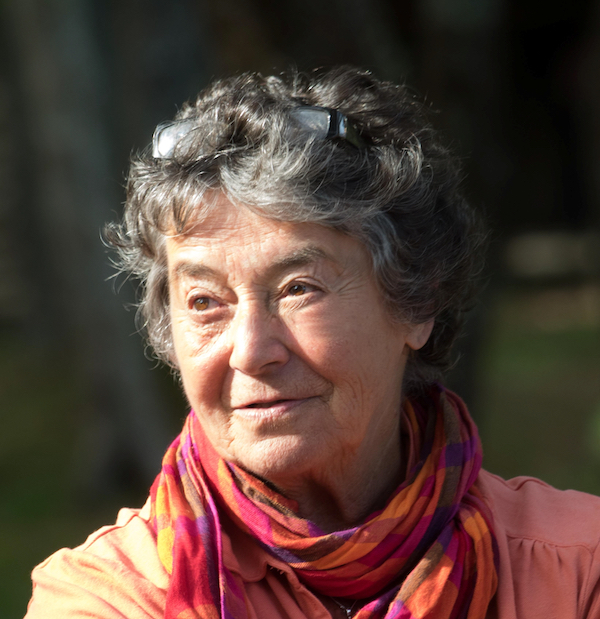
I really appreciate your insightful posts. If there were an easy way to procure the books you recommend I would buy a few. Any suggestions? My “farm stories” are at a standstill although I promised myself I would get back to them when the first snow fell. It fell too early! that’s my way of procrastinating. 🙂
I will get back to writing once Corwin has fully recovered from his bowel surgery – it’s been rough, but he is healing and progressing well.
I need to make a plan….some snowy day….:-)
Hugs, Rose-Marie
Rose-Marie, I’m glad to hear that Corwin is improving but it must have been a tough go. Hope you get back to writing soooon! And that you’ll o more of your farm stories! Meanwhile I suggest you try Thrift Books http://www.thriftbooks.com I usually can get these books for under $10 plus shipping so that’s a great savings! Just for the fun of it I search Tell It Slant and To Show and To Tell and they are selling for $6.45 and $7.69 respectfully. The third books is around $15. Perhaps you could start with Tell It Slant?! Do keep in touch!
I thought my message got lost- got a strange reply. Thanks for the info – will give thrift books a try.
Hugs, Rose-Marie
Will definitely give some of your suggestions a try – hugs, Rose-Marie
“true stories, well told.” – I love that brilliant (and thankfully short) definition of creative non-fiction. I’ve been dabbling with a memoir for years but of late have FINALLY buckled down to it and it will be, I hope, worthy of the definition.
One of my favourite books for helping me out of the doldrums and getting my fingers moving on the keyboard (or pen to paper – being my preferred method) is “Old Friend from Far Away” by Natalie Goldberg. It’s one of the books you recommended in the workshop I attended with you and it gives me a figurative boot to the bum when I feel lost.
K. M. Welland has written a number of “how to” books on writing fiction but one, “Writing your story’s theme” resonates with me.
Keep ’em comin’!
Aha! Yes, Natalie Goldberg’s book is a gem. If anyone is interested in receiving the list of prompts she includes in the book, let me know. If memory serves there are close to 200. I have the prompts listed on two pages. I’ve used some of the one’s I’ve written to springboard more in-depth pieces, or to weave into stories I’m working on. I’ve not heard of Welland’s stuff so will check out pronto! Thanks for popping into view and I’m THRILLED that you are committed to completing your memoir Ceci. Keep bum in seat and fingers writing as the experts say.
Hi Sandra! Your enthusiasm is infectious! Thanks for sharing your thoughts.
I once attended a workshop with Stephen Kimber and he said that pieces of Creative Nonfiction are short stories with real names. That take-away definition has been very helpful to me. It’s a genre that can seem hard to categorize but when I think back to his words that day, it simplifies things. I’m completely taken with the enormous scope it allows while still maintaining parameters that are comforting and finite. L
Lately, I’ve been employing flashback to provide depth and layers to scenes from the present. This tactic was recommended by Marion Roach, and I must say, I’ve found that the simple addition of a vignette from the past adds a whole new dimension that can be both fun and challenging to manipulate into a piece of writing. I like the fact that it encourages seamless integration of past and present. This requires digging deep and for me, that is the addictive piece.
Elizabeth Berg is a novelist I truly admire for her ability to tune into nuance and her astute yet subtle observations on human behaviour have frequently stopped me in my tracks…wow. In her writer’s resource: “Escaping into the Open, The Art of Writing True” she explains how she does this. Mostly, it’s about careful observation. For example , one of her suggested exercises is to demonstrate great wrath, fear and sorrow (separately) by describing only the way an individual smokes a cigarette. Her website is: http://www.elizabeth-berg.net.
The Dinty Moore Resource you mention is also a favourite, First of all, I’m enamored with Flash CNF as a genre because ot the brevity and restraint required to write it. For me, it’s always a satisfying challenge to know I only have so many words to work with and because of that, vocabulary choice is paramount. I still have so much to learn but am always inspired to try. Some of the essays included in this collection are so accomplished that they almost leave you stunned; such huge impact in so few words. It’s fabulous to have such excellent pieces of writing to learn from and aspire to. I’m including some great exercises from the text below and hope they’ll motivate some of your readers as they have me.
Letter: Think of your essay as a letter, take to a new space, read it aloud, note what strikes you. Work with a pencil, allow new thoughts in, reframe as a letter. Return to unfinished draft, determine central image or mood, free write focusing on a concrete image or action, the opposite of what you’ve already written. In one sitting compose essay again from scratch, incorporate both extremes knowing final draft will have 750-1000 words.
Capture essence of someone who raised you (anyone who played a significant role in your early years) by describing a telling moment in detail. Compress a life’s worth of memory, allude to gifts given or damages done. Give reader a flash. By compressing your story which self do you reveal?
Write an apology to someone in your past, focus not purely on the emotion but on the event, an image. Is there a relationship between the first and last sentences? Can you form one?
I can hardly wait for your next post! XX
What fun Ginny! So pleased that you popped into the picture. And, plucking those exercises for us one big fat bonus! Milles merci!